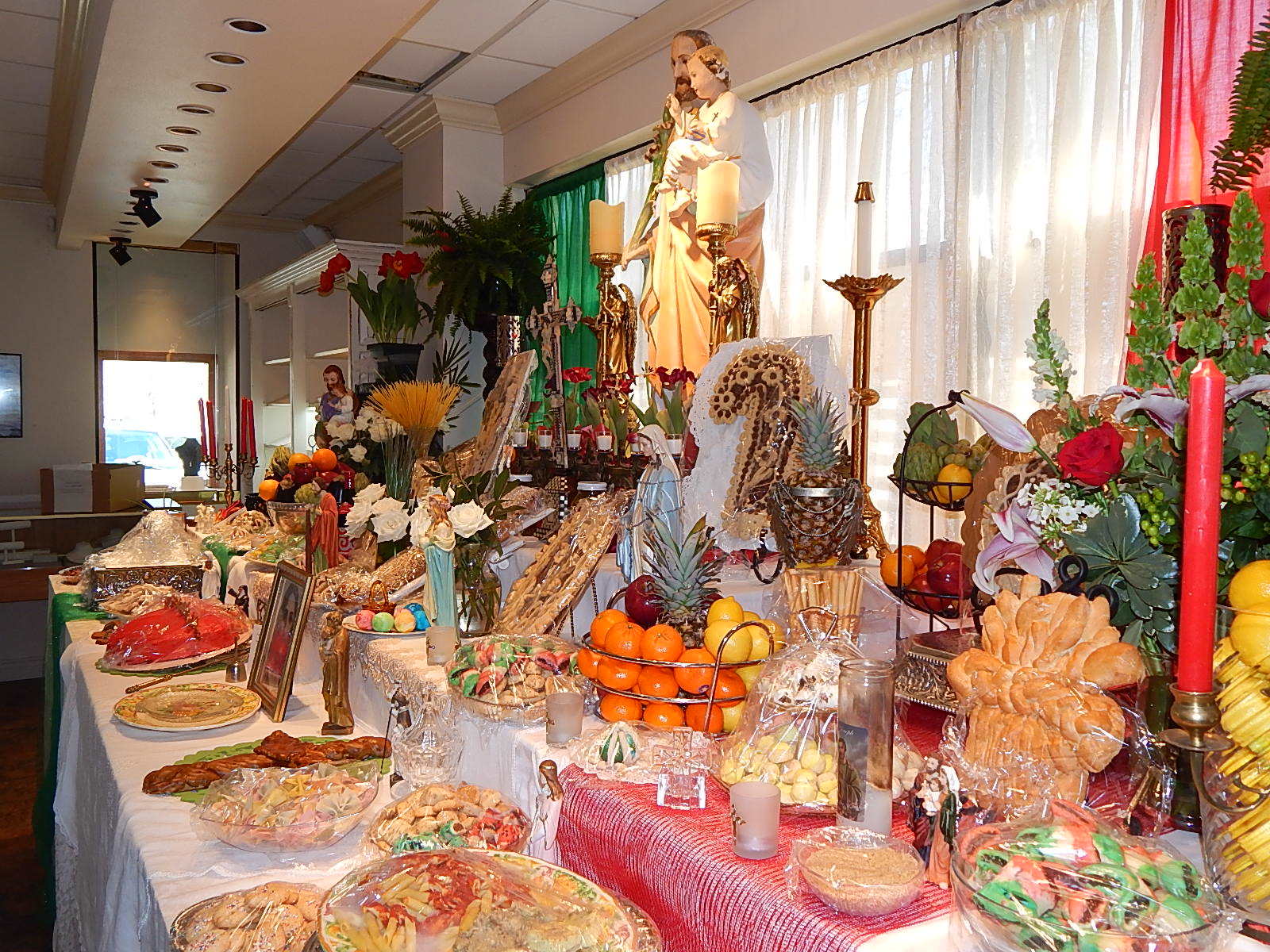EWTN News
By Benjamin Mann
New Orleans, La., Mar 17, 2011 / 08:03 am
EWTN New Orleans, famous for its celebration of Mardi Gras just before Ash Wednesday, has another
Catholic tradition that falls during Lent. The “Saint Joseph altar,” originally a custom of Italian families and parishes, has become woven into the culture of the American south.
On March 19, the Roman Catholic feast day of Saint Joseph, almost 50 churches in the Archdiocese of New Orleans will open their doors for parishioners and guests to view the ornate three-tiered altars. They feature devotional items and mounds of food that will be blessed by a priest and distributed to the needy.
The elaborate decorative arrangements of food and other offerings began on the Italian island of Sicily, during the Middle Ages. In the midst of a drought that caused a severe famine, residents are said to have begun eating fava beans – otherwise used as animal feed – when other crops failed. They also prayed to Saint Joseph to intercede for an end to the drought.
When the drought ended, the Sicilians began a custom of devotion, thanksgiving and charity. “They built these small miniature altars in their homes,” explained Anne Dale, an Italian-American Louisiana Catholic with a strong devotion to Saint Joseph.
“They would usually have a family dinner, and give thanks to Saint Joseph that the famine came to an end and their people survived.” The families ate their own meals in honor of Saint Joseph, but would give the food on the altar to the poor.
“When the Sicilians came to New Orleans,” she explained, “they brought their tradition with them.”
On most days of the year, Dale runs a jewelry store in New Orleans. But every March 19 she closes for business and opens her doors to the community, continuing the tradition her ancestors brought to America.
“There’s an area of jewelry cases that form an oval-shaped ‘island’ in the store, and that’s where we build the altar,” Dale told EWTN News on March 15.
“When I was a little girl, my aunt would take me to the St. Joseph altars in the French Quarter,” she recalled. “There were petition boxes to request prayers, and some people would donate money that would be given to the poor.”
“In the quarter area, there would be a green branch displayed outside of some homes – which meant the altar display was open to the public. Some people kept them private, for their families, but others opened them for everyone.”
“It was beautiful – cakes, and cookies, and pasta. I’d stare at it, and my aunt would say ‘Are you praying?’ And I was praying I could eat some of that food!” Dale recalled.
“When you left each altar that you would visit, they would give you a little bag. In that bag was a St. Joseph prayer card, a piece of bread that was blessed, some Italian cookies and a blessed fava bean.”
Although the last item explicitly links the celebration with its Sicilian roots, it is widely known as the “New Orleans lucky bean.” Many residents carry one around because they associate it with good fortune, although they may be unaware of the link to Saint Joseph’s intercession.
Most other aspects of the celebration are also symbols of faith, starting with the structure of the altar. “It has three levels to it – for the Holy Trinity,” Dale said. “Everything is symbolic, every piece of food.”
“It’s a meatless altar, because of Lent,” she explained. “Others say it’s because the Sicilians had no meat during the famine.” But there are abundant fruits and vegetables: “Lemons, eggplant, asparagus, stuffed artichoke.”
Some of the foods have a Biblical symbolism. For example, “the bread is sometimes baked in the shape of a big fish. It’s to remind you of the miracles of Jesus, the multiplication of the loaves and fishes.”
“There’s a sweet breadcrumb that we put on top of the pasta, and it looks like sawdust. That’s St. Joseph’s sawdust, from his carpentry. We even have cookies that look like pine cones – they represent the pine cones that baby Jesus played with when he was a child.”
“We’ve got a big cake shaped like the Sacred Heart of Jesus, another one for the Immaculate Heart of Mary. All the breads are in shapes – like a cross, or the crown of thorns. We’ll make a rosary out of cookie dough, and put that on the altar.”
“And when the priest comes to bless it, that morning, we pray for all our departed loves ones.”
After the participants enjoy a separate meal, in honor of Saint Joseph’s feast, they take down the food that was placed on the altar and give it to the poor. “We donate the food to a monastery near us, Saint Joseph Abbey,” Dale explained. “They’ll take the food and distribute it to the shelters and charities.”
Dale emphasized the deep significance of donating the carefully-prepared contents of the decorated altar to those who would otherwise go hungry. “You make it beautiful,” she said, “because you’re making it for Christ.”
“You may be giving it to someone in a shelter, and they may have real problems in their life – drug addicts, people who live on the street. They may not care whether it’s beautiful or not.”
“But you do it for Christ. You present him with the best.”
source: EWTN News EWTN New Orleans

